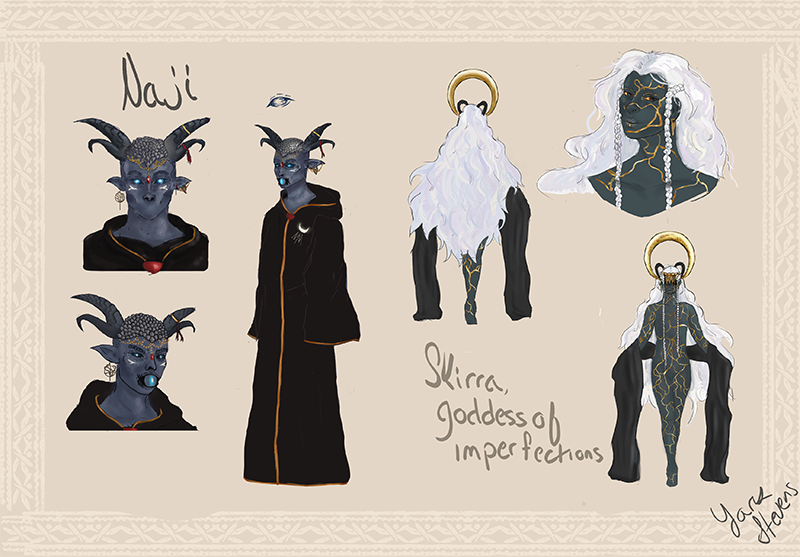Teaching |
I come from a background in a lens-based conceptual practice. This is informed by literature around mechanical and digital reproducibility. In the span of fifteen years, this has expanded to include 3D animation, data- visualization, video games, extended reality, and machine learning. Concepts related to these areas arise when it comes to the material I tend to present in my classes as examples and during critiques. Along with teaching techniques, I usually incorporate readings that introduce recent debates in critical theory as it relates to digital media. These readings are geared towards introducing the beginning student to the multiplicity of concepts as it relates to digital media, its impacts in society, its im/material nature, and its use in artistic production. Much of what I see in my introductory courses are students wanting to perpetuate material they have consumed in mainstream media. I often see ideas by students that imitate a popular video game character or a sequence coming from a popular movie. My goal is to develop that student into creating sophisticated material based upon their own vision and own visual language. In essence, develop a unique voice amongst the plethora of material in mainstream culture. One might say that this is quite a challenge in contemporary society today. My pedagogical practice over the past twenty years addresses students seeking specialties in 3D animation, video game design, extended reality (XR) production, and machine learning for animation. My pedagogical practice addresses all degree seekers from the introductory to graduate level. Much of the potential of teaching 3D animation and interactive design in the virtual, augmented, mixed, and immersive reality field is limited by the traditional industry-oriented style of training. Tutorials teach a specific technique and style rather than train on concepts with an eye towards lateral application. I see students who learn this way unable to adapt to the differing goals and aesthetics of each particular project. Additionally, these techniques die fairly quickly within the rapidly evolving industry. I believe in the holistic teaching of fundamental concepts of 3D modeling/animation, creative coding, and interactive design. Contents are catered to the goals of the individual student. These are students whose goals are varied: the game, animation, user experience and fine art industries. Whether it be any of these industries, the basic concepts of aesthetics, lateral thinking, and good technique at each level of mastery are recipes for success.
|
ASU: Art 346, Jessica Martucci
Intro to Experimental 3D, Sarah Selby
Digital Painting & Illustration
Kalen Bjerga, Environment Board Mid-Term
Lark Stevens, Character Design Final Project
Clarkson: DA 300
ASU: ART 348
Dane Cavanaugh Toft, Final Project
Virtual, Augmented, Mixed, & Immersive Reality
Emma Atkinson Oculus Rift Virtual InstallationVirtual Realiy-Based Synthesizer
Eliott Besculides, work-in-progress for immersive dome
Animating & Visualizing Information & Data
Kaleb Woolever, World Happiness Index, data sourced from Kaggle, ranked in order by country, truncated data, Mid-Term Project
Team-Based Immersive Animation, 'Distance Yourself', Kalen Bjerga & Alaina Wagner, Final Project Team-Based Interactive Immersive Experience: World Covid-19 Data, Kaleb Woolever & Mary McColgan, Final Project Advanced Individual & Collaborative Projects
Makishi Shimoyama Sarah Hanehan
Alexander Leich, Sarah Hanehan, Anders Wickstrom Machine Learning for Animation & XR
Capstone Thesis Projects
Emma Atkinson, virtual reality installation, 2019
Kaleb Woolever, role playing video game, 2021
|

